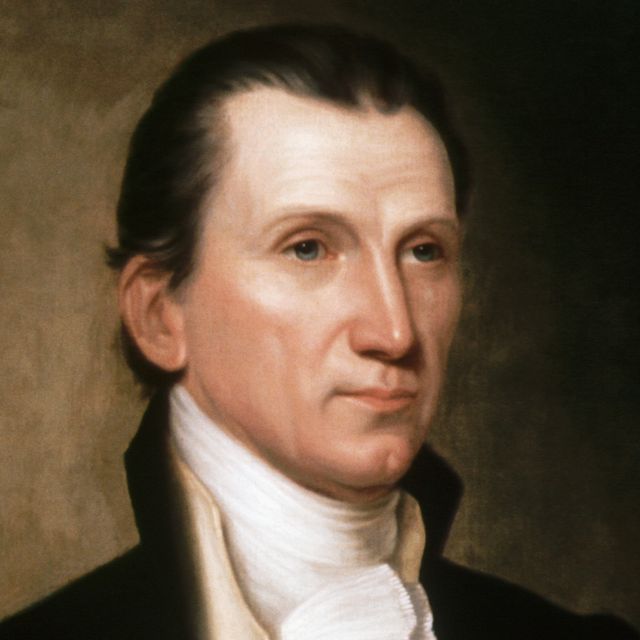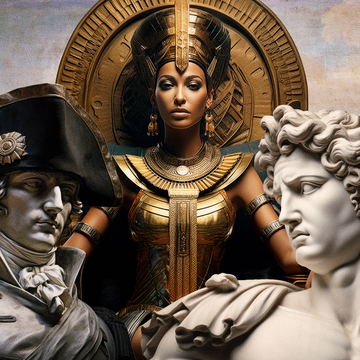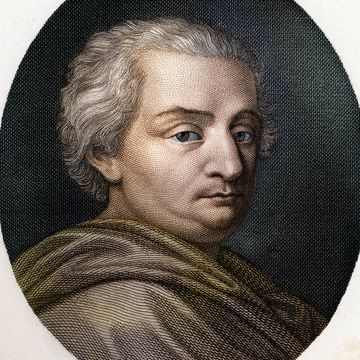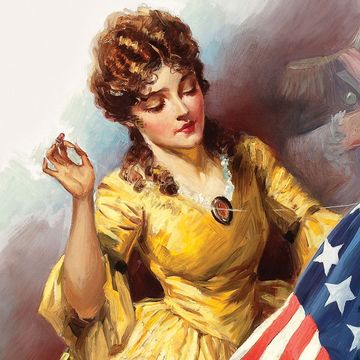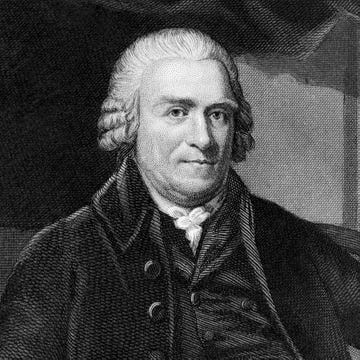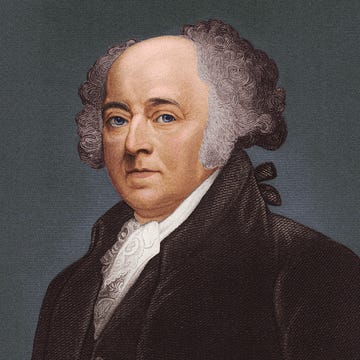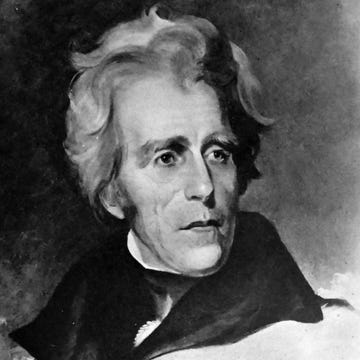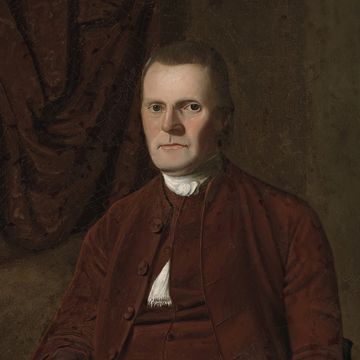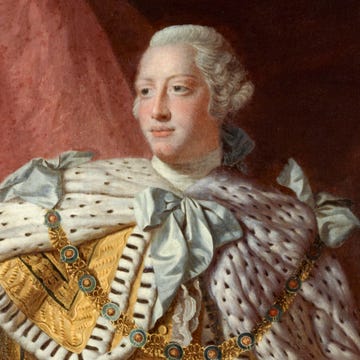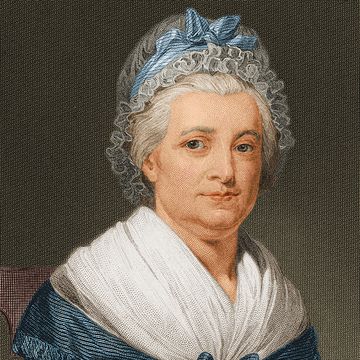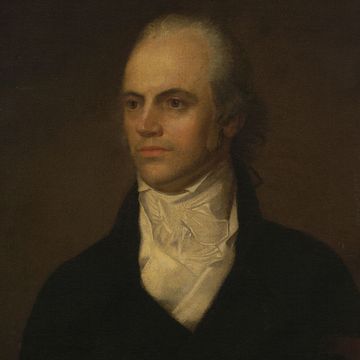James Monroe was the fifth president of the United States and Founding Father. Born on April 28, 1758, in Westmoreland County, Virginia, Monroe fought under George Washington and studied law with Thomas Jefferson. He is remembered for the Monroe Doctrine, as well as for expanding U.S territory via the acquisition of Florida from Spain.
Here are 13 interesting facts about Monroe:
In 1776, Monroe left his studies at William & Mary to enlist in the 3rd Virginia Regiment
During the Revolutionary War, he served under General Washington, fought in several major battles in the northeast, was wounded at the Battle of Trenton — from which he carried shrapnel in his shoulder for the rest of his life — and wintered at Valley Forge, eventually reaching the rank of Colonel in the Virginia service. Monroe did not return to William & Mary but finished his legal training with then Virginia governor Jefferson. William & Mary is nonetheless proud to claim Monroe as an illustrious former student.
Monroe moved to Albemarle County, Virginia to be near his friend and mentor, Jefferson
His farm Highland actually shared a border with Jefferson’s Monticello. With the addition of their colleague James Madison — whose home in Orange County, Virginia was situated on their way to and from Washington — three of the first five United States presidents hailed from Central Virginia.
Monroe and his wife, Elizabeth Kortright Monroe, had a particularly close relationship
Their warm family life is illustrated by his wife and two daughters, Eliza and Maria, accompanying Monroe on nearly all his official travel, including diplomatic assignments in France and Great Britain. During their time in France, the couple attended Napoleon I’s Coronation in Notre Dame Cathedral.
Monroe had a strong interest in the American west and its importance to the growing United States
Not widely known is his significant role in the negotiation of the Louisiana Purchase for the Jefferson administration. In 1803, Jefferson sent him to France to assist Robert Livingston with the negotiation for the port of New Orleans, telling Monroe “All eyes, all hopes, are now fixed on you.” Finding Napoleon strapped for cash and willing to sell the entirety of the Louisiana Territory, Monroe took advantage of a deal that would double the size of the nation.
As Envoy to Spain, Monroe took the journey by mule from Paris to Madrid to negotiate with Spain for the Floridas
The negotiations trip was ultimately unsuccessful. Fifteen years later, Monroe was eventually able to oversee the peaceful acquisition of the Florida territory during his first presidential term when he signed the Adams-Onis Treaty in 1819.
Monroe’s first presidential term was coined the Era of Good Feelings
During this period of national unity following the War of 1812, the Federalist party collapsed and the country witnessed a transitory one-party government. In 1820, Monroe saw no opposing candidates, and he was re-elected with all but one electoral votes. This was the last time the United States saw a candidate run without serious opposition — Monroe was the only president besides Washington to do so.
Monroe was the first president to travel by way of steamboat
This momentous occasion occurred while on his goodwill tour of the Southern States. (He also took a tour of the Northern States, making him the first president since Washington to travel so widely among the states. Towns across the country greeted him with parades, lavish dinners, and other grand events. The city of Charleston, South Carolina actually barbecued an ox in honor of his visit.
By the time his two-term presidency ended, Monroe had served his country for 50 years, holding more elected public offices than any president before or after him
He even held two positions in Madison’s presidential cabinet at the same time (Secretary of State and Secretary of War) — Monroe is the only person in history to have held two cabinet positions at once.
One of Monroe’s presidential portraits was painted by Samuel Morse, the inventor of the Morse Code
Morse had an established career as an artist before contributing to the telegraphic invention. He also painted John Adams in the former president’s old age.
Monrovia, Liberia is the only foreign capital in the world named after a United States president
Established by the American Colonization Society during the Monroe administration, the colony of Liberia was founded in 1821 as a destination for freed Black Americans, most of whom were generations removed from their African ancestors.
The foreign policy that bears Monroe’s name did not become known as 'The Monroe Doctrine' until 30 years after its delivery
During Monroe’s annual message to Congress in 1823, he warned Europe (and, consequentially, the rest of the world) to stay out of the Americas for purposes of acquisition, or else the United States would intervene. This message constitutes a firm statement of early U.S. foreign policy.
Monroe was recognizably old-fashioned in choosing his attire
He was the last president to dress in the style of the Revolutionary War era, which, by that time, was considered outdated and earned him the nickname “The Last Cocked Hat.” In 1825, at the Monroes' last New Year’s Day reception at the White House, one guest who shook his hand wrote, “He is tall and well formed. His dress plain and in the old style, small clothes, silk hose, knee-buckles, and pumps fastened with buckles. His manner was quiet and dignified…”
Considered the last of the founding fathers, Monroe died, coincidentally, on July 4, 1831
Even eerier, Jefferson and Adams also died on the same date five years earlier. On the 100th anniversary of his birth, his body was moved from New York City and reinterred at Hollywood Cemetery in Richmond, Virginia.
